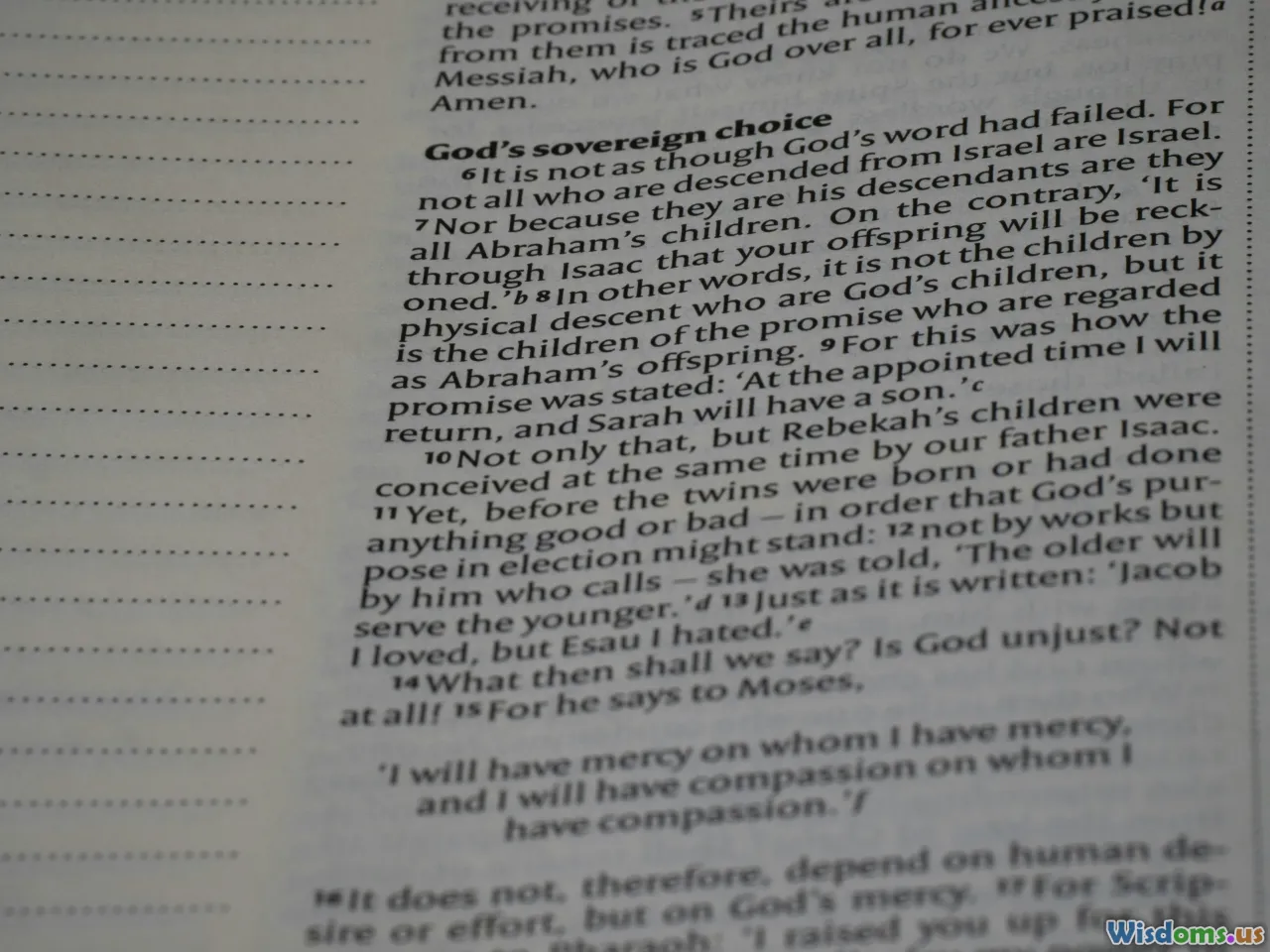
Comparing Short vs Long Blog Posts Which Wins Readers
16 min read A comprehensive analysis of short versus long blog posts and strategies to engage and retain readers. (0 Reviews)
Comparing Short vs Long Blog Posts: Which Wins Readers?
When it comes to written content, the debate between short and long blog posts is as heated as ever. Both formats have their champions and ideal scenarios—but which one truly captures (and keeps) today's savvy online readers? As blogging continues to be a cornerstone of digital marketing and personal branding, making informed content-length choices could determine your blog's success, shareability, and even its position in Google search results. Let’s explore how post length influences reader engagement, SEO impact, and your overall blogging strategy.
The Short Blog Post Advantage: Quick Bites For Busy Readers

Short blog posts—generally between 300 and 800 words—remain the bread-and-butter of countless blogs, especially in niches like news, tech updates, and trend highlights. The internet is awash with bite-sized content, aiming to satisfy readers’ ever-shrinking attention spans.
Think about news platforms like TechCrunch, which often summarize big product launches in digestible, scannable posts. These posts cater to readers who are time-poor and craving fast facts. According to a 2023 HubSpot survey, 43% of blog readers spend less than 15 seconds on a page before bouncing, signaling the value of concise, focused articles.
But brevity isn’t just about word count. Effective short posts skillfully distill complex information into essential takeaways without skimping on value. For example, listicles like “5 Quick Ways to Upgrade Your Desk Setup” deliver actionable advice in record time. These posts often find a home on platforms like Medium or LinkedIn, where fast consumption meets professional insights.
Here’s where short posts excel:
- Time Efficiency: Perfect for mobile readers, commuters, or busy professionals needing instant knowledge.
- Sharability: Snappy content is easily digestible and shared on social media.
- Frequent Publishing: Rapid production means more frequent posting, boosting site activity and returning visitors.
- Entry Point: Short posts offer newcomers a non-intimidating introduction to your blog.
However, not all is rosy. Short formats can sometimes lead to shallow coverage, leaving curious readers—or search engines—wanting more.
The Power of Long-Form Content: Depth and Authority

Long-form blog posts, often clocking in at 1,500 words or more, have become the gold standard for building authority in many fields. Sites like Backlinko, NerdWallet, and Moz have crafted reputations on meticulously researched guides and deep dives. According to SEMrush, articles exceeding 3,000 words receive three times more traffic, four times more shares, and 3.5 times more backlinks than average-length posts.
So, what’s fueling this robust performance? Depth.
- Comprehensive Coverage: Long posts allow detailed explanations, case studies, and step-by-step walkthroughs. Imagine reading "The Ultimate Guide to Personal Branding"—here, in-depth knowledge reassures readers they’ll find everything they need in one place.
- SEO Advantages: Google’s algorithm favors content that answers queries thoroughly. Well-structured long posts target a broader array of long-tail keywords and rank higher for complex questions.
- Reader Trust: Depth cultivates authority. In-depth posts foster trust by demonstrating expertise.
- Increased Dwell Time: Readers who stick around longer for comprehensive guides signal to Google that your content is valuable.
Consider examples like Neil Patel’s blog, where posts routinely exceed 2,000 words and feature custom graphics, data, and actionable steps. These articles tend to attract serious readers who bookmark, share, and revisit resources—a sure sign of engagement.
Yet, the risk of ‘TL;DR’ (Too Long; Didn’t Read) syndrome lurks, especially if content isn’t well-formatted or well-written. Even the best long posts fail if they lack structure, visuals, or scannable sections.
Scannability: Formatting's Role in Every Blog Post

A key factor uniting both short and long formats is scannability. The way a post is structured profoundly impacts both the reading experience and completion rate, regardless of its length.
- Headings and Subheadings: These guide the reader, break up text, and organize ideas.
- Bullet Points and Numbered Lists: Lists facilitate quick takeaways, ideal for both skimmers and deep readers.
- Images and Visuals: Graphics, charts, and photos add appeal and explanation, tying complex concepts to imagery (think infographics in a 2,000-word marketing guide).
- Highlighted Quotes and Pull-Outs: Text boxes with key quotes or statistics can make a long post inviting rather than overwhelming.
A study by the Nielsen Norman Group found that 79% of web users scan new pages rather than read word-for-word. Tech blogs like The Verge master this balance by using large headings, bold color, and bite-sized snippets—even in lengthy feature stories.
Ultimately, formatting can make a 3,000-word article feel approachable, while poor formatting can render a 400-word post unreadable.
How Search Engines Weigh Short vs. Long Content

Search engines have evolved their algorithms to prioritize content that best satisfies searcher intent. Google's BERT update, for example, focuses on context and natural language, not just keyword frequency.
Short content can rank for straightforward keywords, like “how to screenshot Mac,” if it concisely answers the query.
Long content, however, holds the edge for complex queries. According to a 2022 Ahrefs study:
- Posts ranked in positions 1-3 on Google had an average length of 1,890 words.
- Long-form content is more likely to be referenced or cited, winning backlinks crucial for domain authority.
The rise of featured snippets (“position zero”) often rewards concise explanations pulled from within longer posts—a compelling argument for balancing broad coverage with succinct phrasing. For example, a comprehensive tutorial might see its key sentence extracted directly into Google's search results.
In other words, it’s not just length but information density and quality that decide favor in search rankings.
Audience Intent: Matching Post Length To Purpose

Understanding your readers' needs is the linchpin for content strategy. The optimal post length varies based on what your target audience wants.
- Exploratory or Educational Posts: Readers seeking a deep understanding (e.g., “How does CRISPR work?”) are receptive to 2,000+ word essays.
- News and Announcements: Here, readers want critical facts fast—shoot for brevity and clarity.
- Product Guides and How-Tos: Depending on the topic complexity, both short tutorials (a quick setting fix) and long comparisons (in-depth reviews) have their place.
- Opinion Pieces or Thought Leadership: Short punchy takes perform well when responding to trending topics; multi-thousand word posts excel for nuanced analysis.
Take the financial industry as an example. NerdWallet’s long-form guides help new investors navigate retirement, while quick posts summarize regulatory changes as they break.
Surveys by Orbit Media Studios in 2023 showed that bloggers writing posts over 2,000 words were far more likely to report "strong results" but acknowledged their posts took nearly twice as long to complete.
Analytics and Reader Engagement: What The Data Tells Us

Choosing the ‘right’ blog post length isn’t an academic debate—it’s a data-driven one. Continually analyzing your own metrics gives the best clues about what resonates with your audience.
- Bounce Rate: Are readers leaving quickly? Very short posts can suffer higher bounce rates, while overly long, unfocused essays might burden visitors.
- Average Time on Page: Longer posts typically boost this metric, but only if they capture genuine interest.
- Social Shares and Comments: Snappier content is often shared, while substantive pieces may spark deeper blog comments or on-platform discussion.
For example, Seth Godin’s widely shared daily blog reaches millions with short, poignant messages—while Wait But Why’s detailed megaposts attract countless comments and engaged debates.
A/B testing (comparing similar posts of varying lengths) and tools like Google Analytics can guide your publishing decisions. Ask yourself: Where is reader engagement peaking—and where do they drop off?
Industry Examples: Who Does Short or Long Best?

Some leading content publishers have mastered their chosen format:
-
Short Post Champions:
- Seth Godin’s Blog: Near-daily publishing of sub-300-word wisdom keeps his messages memorable and accessible.
- Buzzfeed & PopSugar: Churn out viral listicles, newsflashes, and pop culture tidbits, leveraging speed, humor, and snackable headlines.
-
Long Post Specialists:
- Backlinko: Famed for mega-guides on SEO strategy, often exceeding 5,000 words, turned into reference material.
- The Atlantic, The New Yorker: Journalistic features delve deep, weaving interviews, data, and storytelling into immersive reads.
These outlets don’t just stick to a format, they dominate within their chosen model by knowing audience expectations and maximizing each post’s structure and shareability.
Crafting The Perfect Blog Length: Practical Tips

For bloggers and brands, here’s how to strike the right balance—a mix of art, analytics, and audience insight:
- Clarify Your Post’s Purpose: Is your goal to inform, persuade, entertain, or update? Let your objective drive word count.
- Research Your Niche: Check top-ranking posts for your target keywords. Are they typically short or long? Mimic winning standards, not arbitrary rules.
- Structure For Skimmers and Deep Readers: Organize posts with digestible headings, summary boxes, and bulleted lists so casual readers find value and deeper readers dive in.
- Add Visuals and Data: Infographics, images, or embedded charts break up text, anchor your point, and can enrich both short and long content.
- Encourage Interaction: End with questions, offer downloadable resources, or embed polls—turning passive readers into active participants.
- Iterate Based On Results: Use site analytics, heat maps, and feedback to adjust preferred length and format. There’s no universal formula—your audience will tell you what sticks.
- Don’t Forget Readability: Complex ideas are great, but jargon and convoluted prose aren’t. Write clearly, so your expertise shines without alienating less experienced readers.
The Verdict: It Depends On Context—But Strategy Wins

No single answer settles the "short vs long" debate. Instead, the smartest bloggers and marketers tailor post length to topic, search intent, and audience behavior. Sometimes a 500-word industry newsflash wins today’s clicks, while a sprawling evergreen guide drives months of organic search traffic and shares.
Long-form content can transform a blog into an industry reference, but if life happens and your only option is a punchy 400-word tip? Publish it—done well, it’ll serve a purpose, especially if you’re consistent and always prioritizing value.
Ultimately, fans (and search engines) reward the bloggers who deliver what readers want. Whether that’s instant insights or comprehensive deep dives, the secret isn’t how many words you write—but how well you satisfy your audience’s curiosity and needs. And that is the true measure of blogging success.
Rate the Post
User Reviews
Other posts in Content Marketing
Popular Posts















